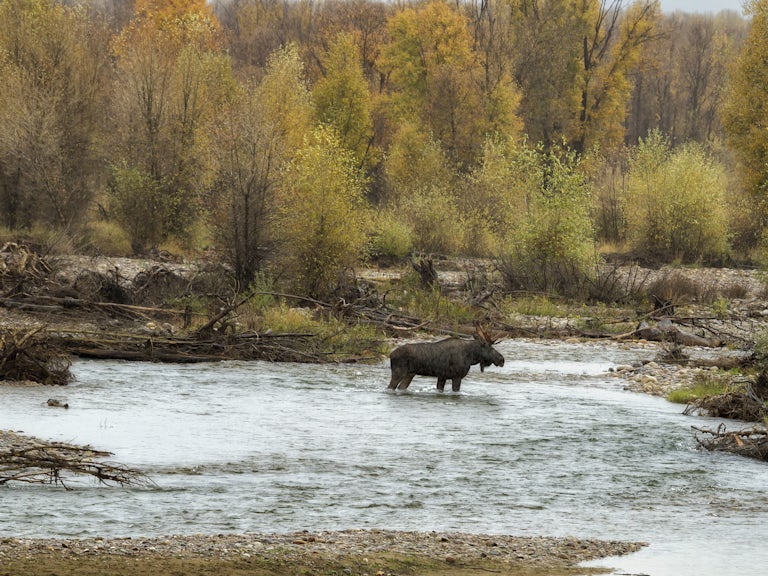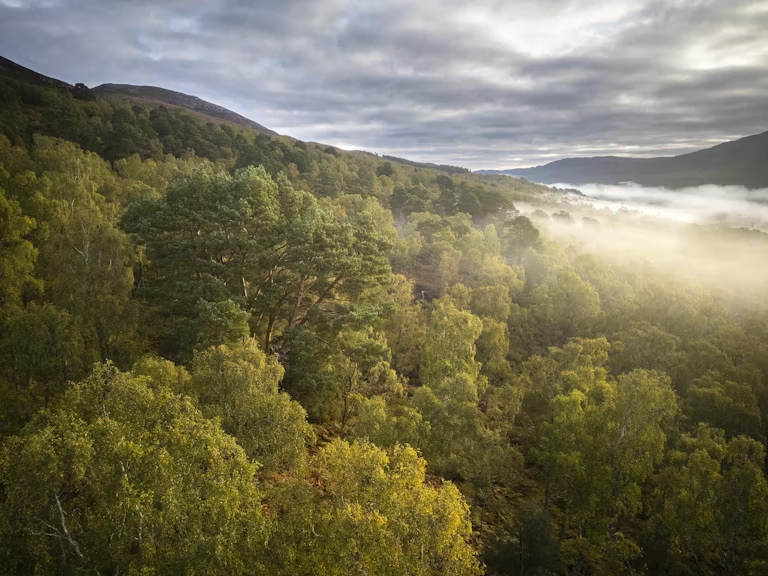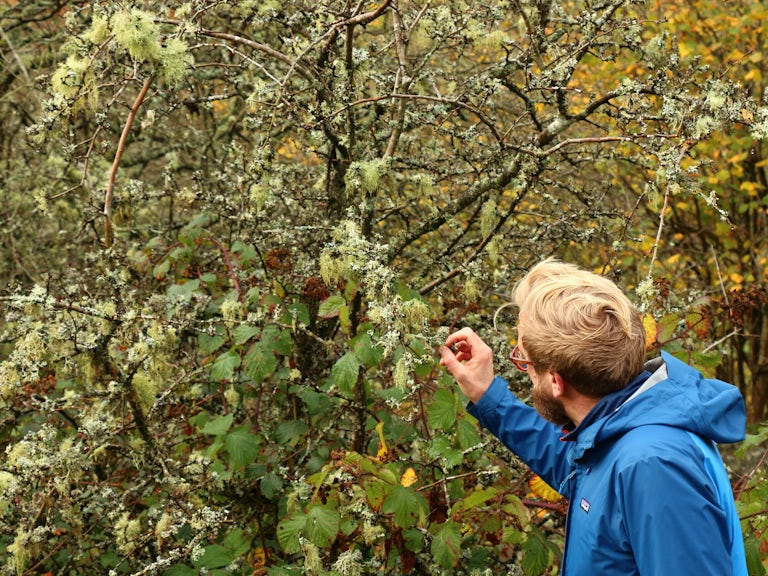Innovation is taking root: meet the latest projects awarded a funding boost
From returning lost amphibians to their rightful place to forging an ambitious alliance to save our damaged seas, here’s what our 11 new beneficiaries hope to achieve with their funding.

Published 05/11/2025
This round of the Rewilding Innovation Fund saw an incredible surge in the quality, ambition and scope of the projects applying, making it hard for us to decide which projects to award funding to.
But 11 prevailed and are now ready to catalyse their rewilding efforts, thanks to the £140,000+ awarded.
What is the Rewilding Innovation Fund?
From community-driven initiatives to technology-focused projects, the Rewilding Innovation Fund is designed to support fresh thinking and new ideas to help remove barriers to rewilding, and build up an all-important knowledge base for pioneering rewilding practitioners in all three nations.
Since its inception in 2021, the Rewilding Innovation Fund has supported an incredible 79 projects with over £970k.
Bold and ambitious plans
In the face of the interconnected nature and climate crises, we need to Think Big, Act Wild – that’s exactly what these 11 new Rewilding Innovation Fund beneficiaries are doing. From youth-led nature recovery to species reintroductions, these projects are showing us what bold action for nature truly looks like.

Restoring Britain’s lost frogs
Westacre Estate is exploring reintroducing lost frogs, the smallest no bigger than a 50p piece, to Britain to help restore aquatic ecosystems, engage the public and inspire more rewilding. Situated in Norfolk, it offers the ideal conditions to reintroduce three frog species that were once part of Britain’s natural heritage: the Agile frog (Rana dalmatina), the Moor frog (R. arvalis) and the European tree frog (Hyla arborea) which is one of the smallest frog species in Europe.

Tackling nature recovery together
The National Trust are championing youth-led rewilding in west Exmoor with their Nature Recovery Together Project which seeks to partner with youth organisations to restore their biodiversity-poor and heavily overworked 50-hectare West Lyn site to a diverse and dynamic mosaic of habitats.
Funding will support an Engagement Ranger role dedicated to deepening engagement with young people across west Exmoor and beyond through youth-led activities, events, citizen science, training and mentorship.

Saving Britain’s south coast
Saving Britain’s South Coast is an ambitious collaboration between a number of Wildlife Trusts to deliver nature recovery along the south coast of Britain which is home to a vibrant underwater world, teeming with wildlife and some of the world’s most valuable habitats.
Funding will support this large-scale marine scheme’s development phase as it begins coordinating and galvanising community-led action for our marine environment.

Breaking down barriers to nature
Borders Forest Trust’s Discover Nature Award (DNA) is an accessible, youth-led initiative designed to reconnect young adults with nature and empower them to take action. It offers free two-day experiences as well as longer camps which take young people facing significant barriers to accessing nature from their local green spaces to the Trust’s rewilding landscapes — bridging the gap between local nature connection and landscape-scale restoration.

Monitoring for a wilder future
A group of farmers who own and manage 161 hectares in upland Ceredigion, mid-Wales, are working together to form a ‘cluster‘ in order to foster interest, grow knowledge and disseminate information about rewilding.
Guided by our Rewilding Monitoring Framework, they’ll use funding to monitor key baseline metrics across the area. This will be used to investigate options for restoring nature to the landscape.

Restoring Falmouth’s subtidal seagrass
Ocean Conservation Trust have delivered a broad range of seagrass focused projects over the past decade and, with ambitions to restore 50 hectares annually, have turned their sights to the Falmouth & Helford Special Area of Conservation.
Before they begin their active restoration work, they need to undertake baseline monitoring, to evidence the true impact of the work, along with the ecosystem services that are being provided before and after restoration.

Building wild connections in Yorkshire
The Yorkshire Rewilding Network has, up until now, been a primarily volunteer-run charity dedicated to inspiring and connecting people across Yorkshire to grow a movement for rewilding. They’ll be using funding to put a Rewilding Network Manager in place who will implement targeted strategies to increase network engagement and reach. Responsibilities will include improving their online platform, empowering more local networks to set up and hold events for farmers, large estates and landowners to learn about rewilding.
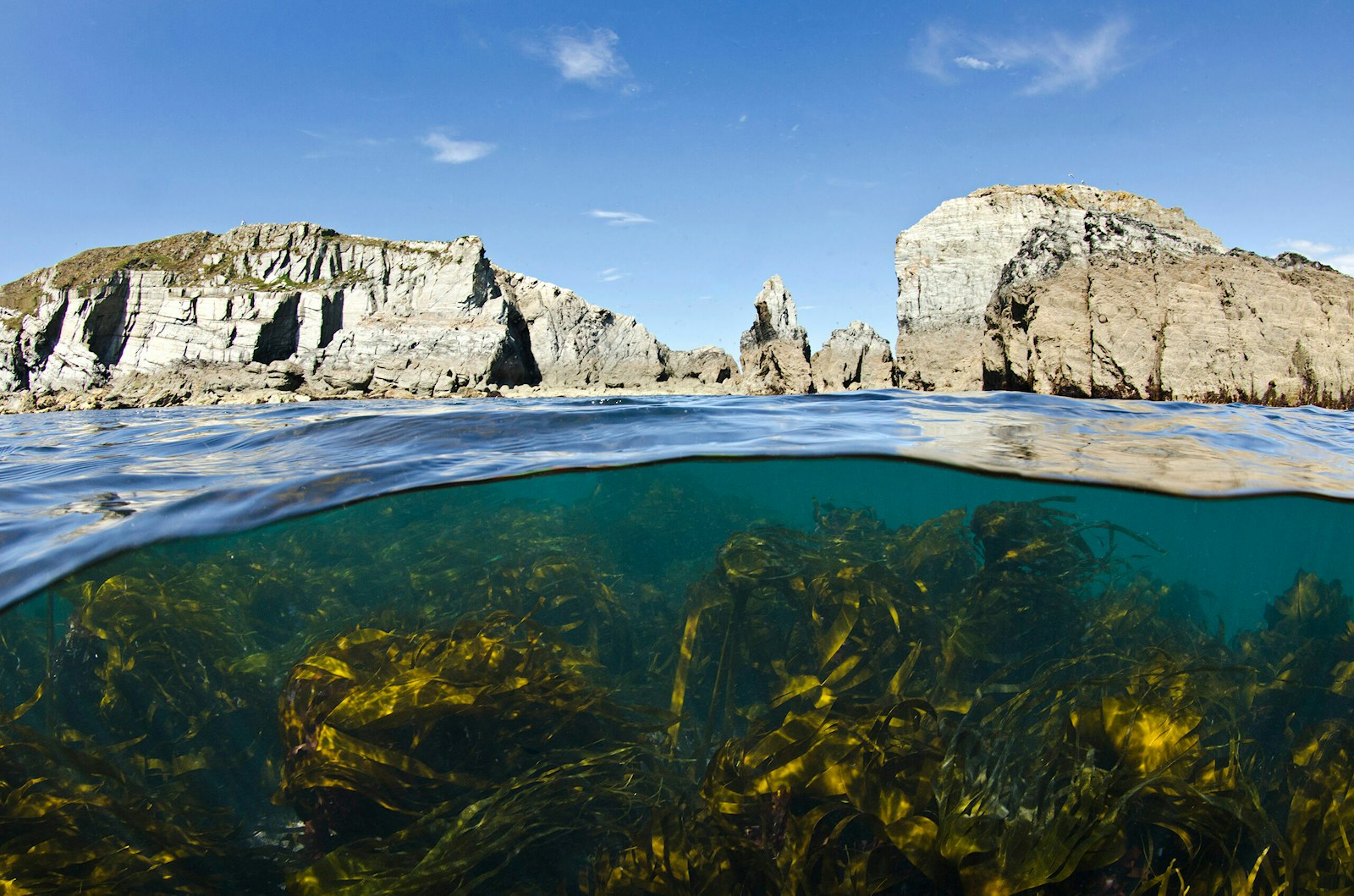
Unlocking seascape scale recovery
Devon County Council has the opportunity to unlock game-changing investment to rewild the marine environment in the North Devon UNESCO Biosphere. But to achieve this they need to develop a Marine Rewilding and Fisheries Management Roadmap which presents a compelling, systems-based approach that integrates marine rewilding with fisheries management, community engagement and robust monitoring.
Thanks to our funding, they’ll be able to run a project to complete this roadmap.

Working at nature’s scale
The Mull and Iona Community Trust have witnessed the power of rewilding first-hand with Ardura, their 200-hectare community-owned forest, and are now looking to scale up their impact by partnering with neighbouring landowners and managers.
To realise their ambitions, they’ll be using funding to gather data and examples of successful rewilding interventions. These results will be used to inspire confidence and showcase rewilding potential.

Rewilding the river Derwent
The Bar Brook Rewilding Partnership Project is bringing together landowners and partners around the Upper Derwent catchment — including Chatsworth Estate, Eastern Moors Partnership, Trent Rivers Trust, Derbyshire County Council and the Environment Agency — to rewild an entire headwater sub-catchment.
With big ambitions to slow water flow, improve water quality, restore habitats, sequester carbon and support thriving wildlife, they’re using funding to finalise designs, build collaborative tools and generate the evidence base required to unlock long-term finance and deliver lasting impact for nature, water and communities.

Support the Rewilding Innovation Fund
We’ve been awarding funding through the Rewilding Innovation Fund twice a year since 2021 and we’ve never seen such a surge in high-quality applications. The appetite for rewilding is outpacing the resources available; we could have funded more than £600,000 worth of projects this round alone.
Donate today so we can enable much more valuable work restoring biodiversity, protecting habitats and connecting people with nature across Britain.
Discover the Innovation Fund
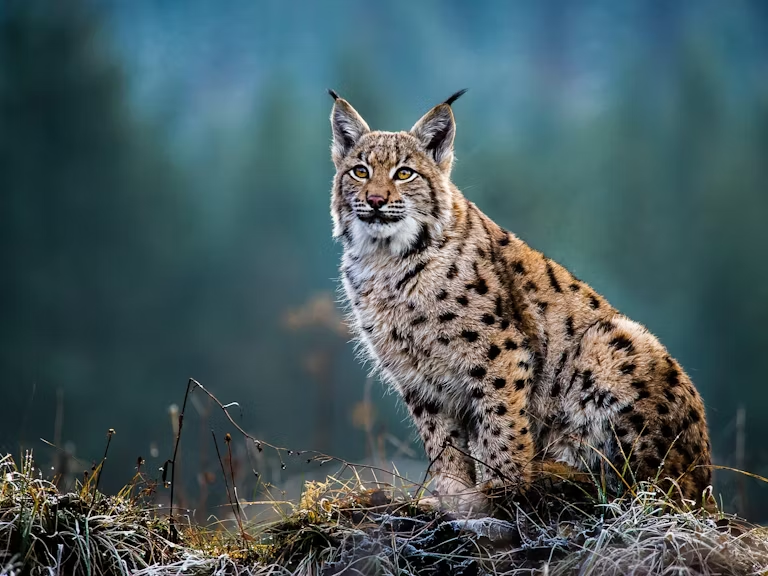
Innovation Fund projects
From carbon capture to seagrass restoration, tree seeding to a lynx feasibility study, we’ve funded some pioneering projects.
Explore funded projects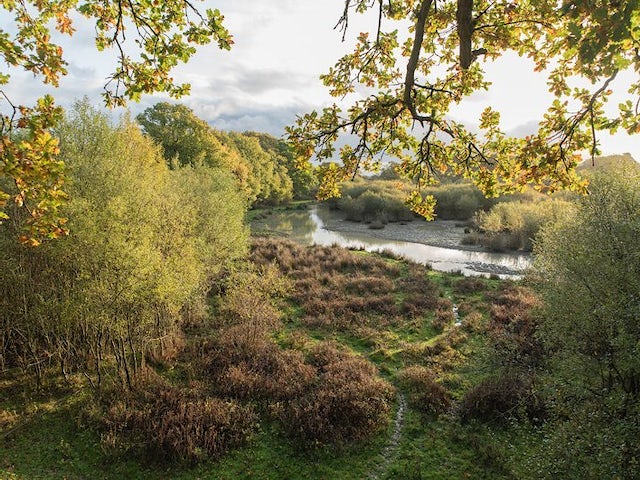
Apply for the Rewilding Innovation Fund
Applications for our Rewilding Innovation Fund are open until 29 August.
Apply now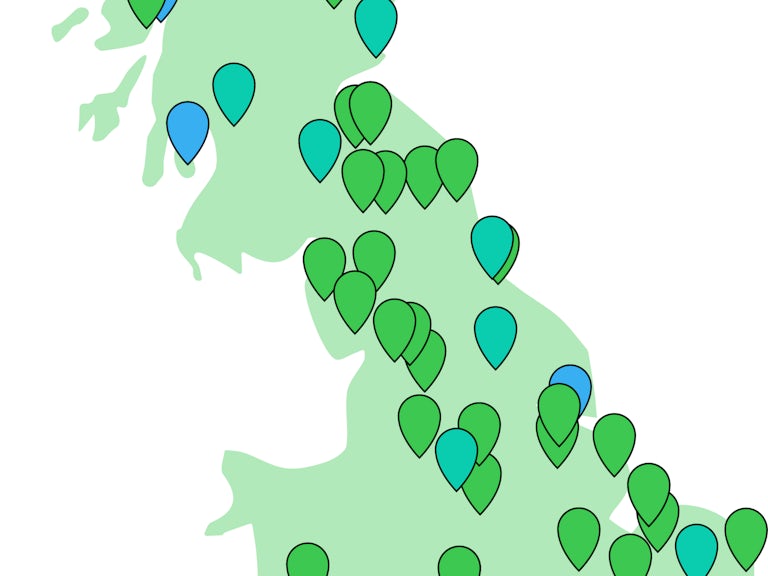
The Rewilding Network
The Rewilding Network is the go-to place for projects across Britain to connect, share and make rewilding happen on land and sea.
Discover the Rewilding Network